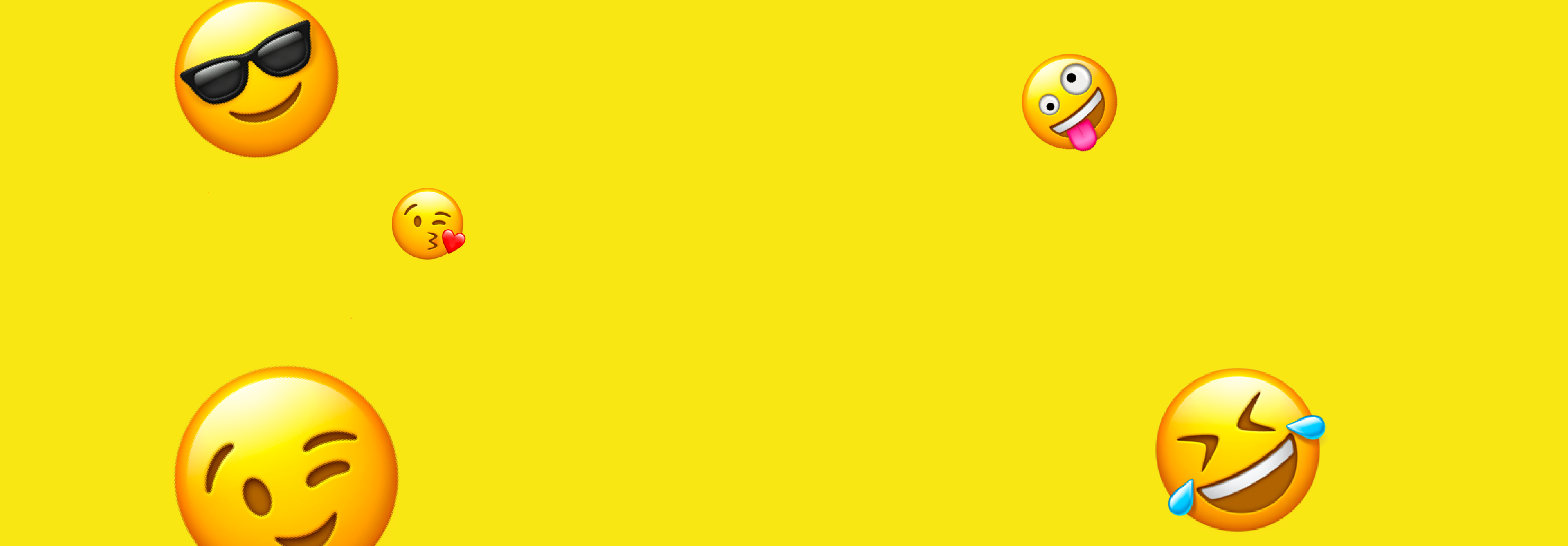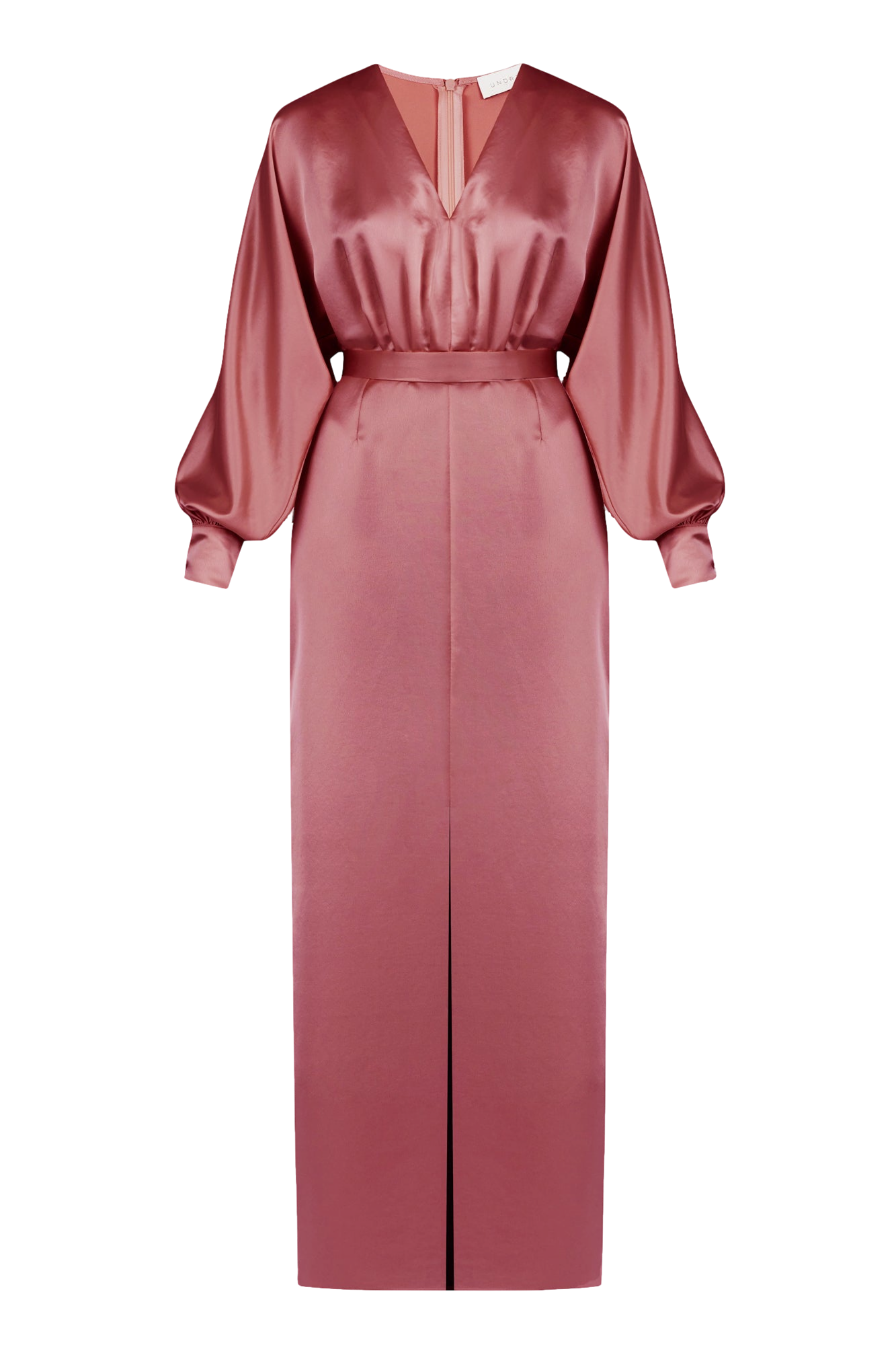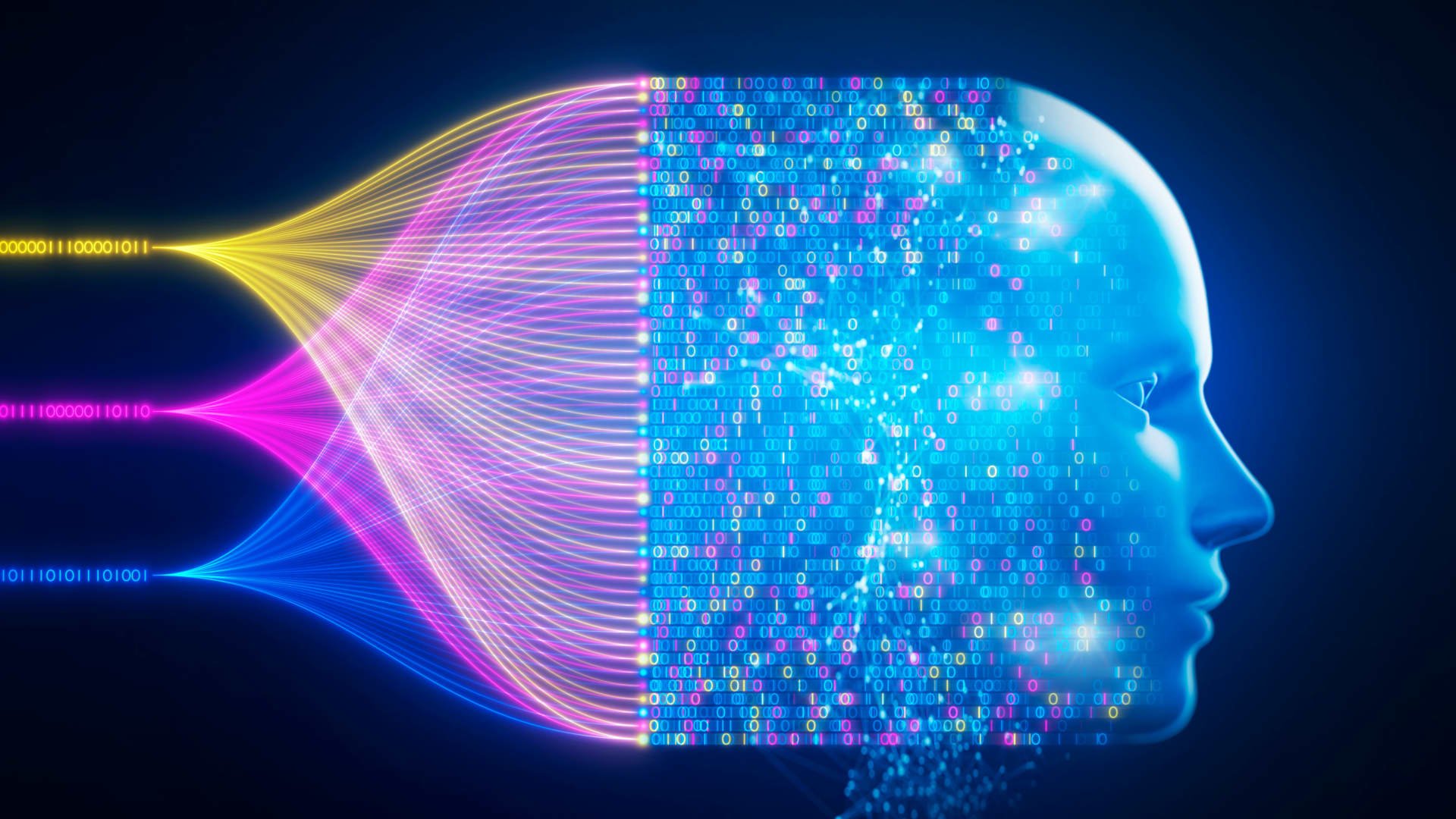Let’s get real here—undress AI photo is one of the most talked-about topics in tech circles right now. Whether you’re into tech, privacy, or just curious about how AI is shaping our lives, this is a subject that demands attention. From generating realistic images to sparking debates about ethics and consent, undress AI photo has everyone buzzing. But what exactly is it, and why should you care? Let’s dive in.
You’ve probably heard whispers about AI doing some pretty wild stuff—like creating fake but hyper-realistic images of people. Well, undress AI photo takes things up a notch by using algorithms to digitally remove clothing from photos. Sounds crazy, right? But the truth is, this technology isn’t as far-fetched as it seems. It’s powered by advanced machine learning models that analyze patterns, textures, and human anatomy to create eerily convincing results.
Now, before we jump into the nitty-gritty details, let’s address the elephant in the room. This tech raises serious questions about privacy, consent, and misuse. But hey, that’s exactly why we’re here—to break it down for you, explore its implications, and help you make sense of it all. So buckle up, because this ride is gonna be wild!
- Aditi Mistry Video Call The Inside Scoop Yoursquove Been Waiting For
- Lewd Froggo The Viral Sensation Taking The Internet By Storm
What Exactly Is Undress AI Photo?
Let’s start with the basics. At its core, undress AI photo refers to the use of artificial intelligence algorithms to edit or manipulate images in such a way that it appears as though someone’s clothes have been digitally removed. Think of it like Photoshop on steroids, but instead of manually editing an image, the AI does all the heavy lifting.
This technology relies on deep learning models trained on massive datasets of human bodies and clothing patterns. These models learn to recognize different types of fabrics, textures, and body shapes, allowing them to generate realistic-looking results. But here’s the kicker—it’s not just about removing clothes; it’s about creating an illusion that’s almost indistinguishable from reality.
How Does Undress AI Photo Work?
Alright, let’s geek out for a sec. The magic happens through a process called Generative Adversarial Networks (GANs). GANs are basically two neural networks working together—one generates the image, while the other evaluates it to ensure it looks real. Over time, they fine-tune each other until the output is convincingly lifelike.
- Aditi Mistry Live Private The Ultimate Guide To Understanding Her Journey And Influence
- Aditi Mohosty Hot Live The Phenomenon You Need To Know About
Here’s a quick breakdown:
- Data Collection: The AI is fed thousands (sometimes millions) of images to learn from.
- Pattern Recognition: It analyzes patterns in clothing, skin tones, and body structures.
- Image Generation: Using what it’s learned, the AI creates a new image where clothing is digitally removed.
- Refinement: The final result is polished to ensure it looks as realistic as possible.
It’s a pretty impressive feat of engineering, but it also opens up a can of worms when it comes to ethical considerations.
Why Is Undress AI Photo So Controversial?
Let’s face it—this tech doesn’t exactly scream "positive impact on society." While it might seem harmless at first glance, undress AI photo has sparked heated debates among tech experts, privacy advocates, and even lawmakers. Here’s why:
First off, there’s the issue of consent. Imagine someone taking your photo and using AI to manipulate it without your permission. Creepy, right? This kind of technology can easily be misused to create non-consensual images, leading to emotional distress, reputational damage, and even harassment.
Then there’s the broader concern about privacy. In a world where cameras are everywhere, the idea that anyone could potentially use AI to alter your image is downright terrifying. And let’s not forget about the potential for abuse in intimate relationships or online spaces.
Real-World Implications: A Look at the Numbers
According to a report by the Electronic Frontier Foundation (EFF), the rise of deepfake technologies, including undress AI photo, has led to a significant increase in non-consensual image sharing. In fact, studies show that over 90% of deepfake porn involves women, often without their knowledge or consent.
These stats are alarming, and they highlight the urgent need for regulation and accountability in the AI space. But it’s not all doom and gloom. There are steps being taken to address these issues, which we’ll explore later in this article.
Who’s Behind Undress AI Photo?
Like any cutting-edge technology, undress AI photo didn’t just appear out of thin air. It’s the result of years of research and development by some of the brightest minds in the field of artificial intelligence. But who exactly is driving this innovation?
Several companies and independent developers have contributed to the advancement of undress AI photo technology. Some of the biggest players include tech giants like NVIDIA, which has pioneered GAN research, and smaller startups focused on image manipulation tools. However, it’s worth noting that not all of these organizations are actively promoting or endorsing the use of this tech for unethical purposes.
Key Players in the AI Space
Here are a few notable names making waves in the world of AI image generation:
- NVIDIA: Known for its groundbreaking work in GPU technology and GAN development.
- DeepTrace Labs: A company specializing in deepfake detection and prevention.
- Adobe: Famous for its photo editing software, Adobe is also exploring AI-driven tools for creative professionals.
While these companies aren’t directly responsible for undress AI photo, their innovations lay the foundation for technologies like this to exist.
Is Undress AI Photo Legal?
Now, here’s where things get tricky. The legality of undress AI photo varies depending on where you are in the world. In some countries, creating or distributing non-consensual images is explicitly illegal under existing laws. In others, the legal framework is still catching up to the rapid pace of technological advancement.
In the United States, for example, several states have passed legislation aimed at combating deepfake pornography. California, Texas, and Virginia are among those leading the charge, with laws that impose penalties for distributing non-consensual AI-generated content.
However, enforcement remains a challenge. The anonymity of the internet makes it difficult to track down perpetrators, and many platforms struggle to moderate harmful content effectively. This highlights the need for international cooperation and standardized regulations.
Global Perspectives on AI Regulation
While the US is taking steps to regulate AI, other countries are approaching the issue in different ways. For instance:
- European Union: The EU’s General Data Protection Regulation (GDPR) provides strong protections for personal data, which can be applied to AI-generated content.
- China: China has implemented strict regulations on AI and deepfake technologies, requiring companies to obtain licenses for certain applications.
- India: India is currently drafting its own AI policy, focusing on balancing innovation with ethical considerations.
As the global community grapples with the implications of AI, it’s clear that a coordinated effort is needed to ensure responsible use of these technologies.
Can Undress AI Photo Be Used Ethically?
Believe it or not, there are actually some legitimate use cases for undress AI photo. For example, fashion designers and photographers might use similar technology to visualize clothing designs or experiment with virtual try-ons. Medical professionals could also benefit from AI-driven image analysis for diagnostic purposes.
However, the key lies in ensuring that these applications are used ethically and with proper consent. Transparency, accountability, and robust safeguards are essential to prevent misuse.
Examples of Ethical Use Cases
Here are a few examples of how undress AI photo technology can be applied responsibly:
- Fashion Industry: Designers can test patterns and fabrics without the need for physical prototypes.
- Medical Research: AI can assist in analyzing skin conditions or identifying anomalies in medical imaging.
- Entertainment: Filmmakers and game developers can use AI to enhance visual effects and character designs.
Of course, these applications require careful consideration of ethical guidelines and user privacy.
How to Protect Yourself from Undress AI Photo Misuse
If you’re worried about your own images being misused, there are steps you can take to protect yourself. Here are a few tips:
- Be cautious about sharing personal photos online, especially on social media platforms.
- Use strong, unique passwords for all your accounts and enable two-factor authentication whenever possible.
- Regularly monitor your online presence and report any suspicious activity to the platform administrators.
- Consider using privacy-focused apps and services that prioritize user data protection.
Additionally, staying informed about the latest developments in AI and privacy laws can help you stay ahead of potential threats.
Tools and Resources for Digital Safety
There are several tools and resources available to help you safeguard your digital identity:
- Deepfake Detection Software: Platforms like DeepTrace offer tools to identify and flag potentially harmful content.
- Privacy Apps: Apps like Signal and ProtonMail provide end-to-end encryption for secure communication.
- Legal Support: If you become a victim of non-consensual image sharing, seek legal advice and support from organizations specializing in digital rights.
By taking proactive measures, you can reduce the risk of falling victim to AI misuse.
The Future of Undress AI Photo
So, where do we go from here? As AI continues to evolve, so too will the capabilities of technologies like undress AI photo. While the potential for misuse remains a concern, there’s also room for positive applications if handled responsibly.
One promising development is the rise of AI ethics frameworks, which aim to guide developers and organizations in creating technologies that prioritize human values and well-being. These frameworks emphasize transparency, fairness, and accountability, setting the stage for a more ethical AI future.
What Can You Do?
As a consumer, you have the power to influence the direction of AI development. By supporting companies that prioritize ethics and privacy, advocating for stronger regulations, and staying informed about emerging technologies, you can help shape a safer digital landscape.
Remember, the future of AI isn’t just in the hands of tech giants—it’s in all of ours.
Conclusion
Undress AI photo is a complex and multifaceted topic that raises important questions about privacy, consent, and the role of technology in society. While it has the potential to revolutionize industries like fashion and healthcare, it also poses significant risks if misused.
As we’ve explored in this article, understanding the technology behind undress AI photo, its implications, and how to protect yourself is crucial in navigating this rapidly evolving landscape. By staying informed and advocating for responsible AI development, we can work towards a future where technology enhances our lives without compromising our values.
So, what’s next? We’d love to hear your thoughts on this topic. Leave a comment below, share this article with your friends, or check out our other content on AI and emerging technologies. Together, we can create a more informed and empowered community.
Table of Contents
- Deep Hot Link The Ultimate Guide To Understanding Its Power And Risks
- Unveiling The Secrets Of Vegamovies Me Your Ultimate Movie Streaming Destination


